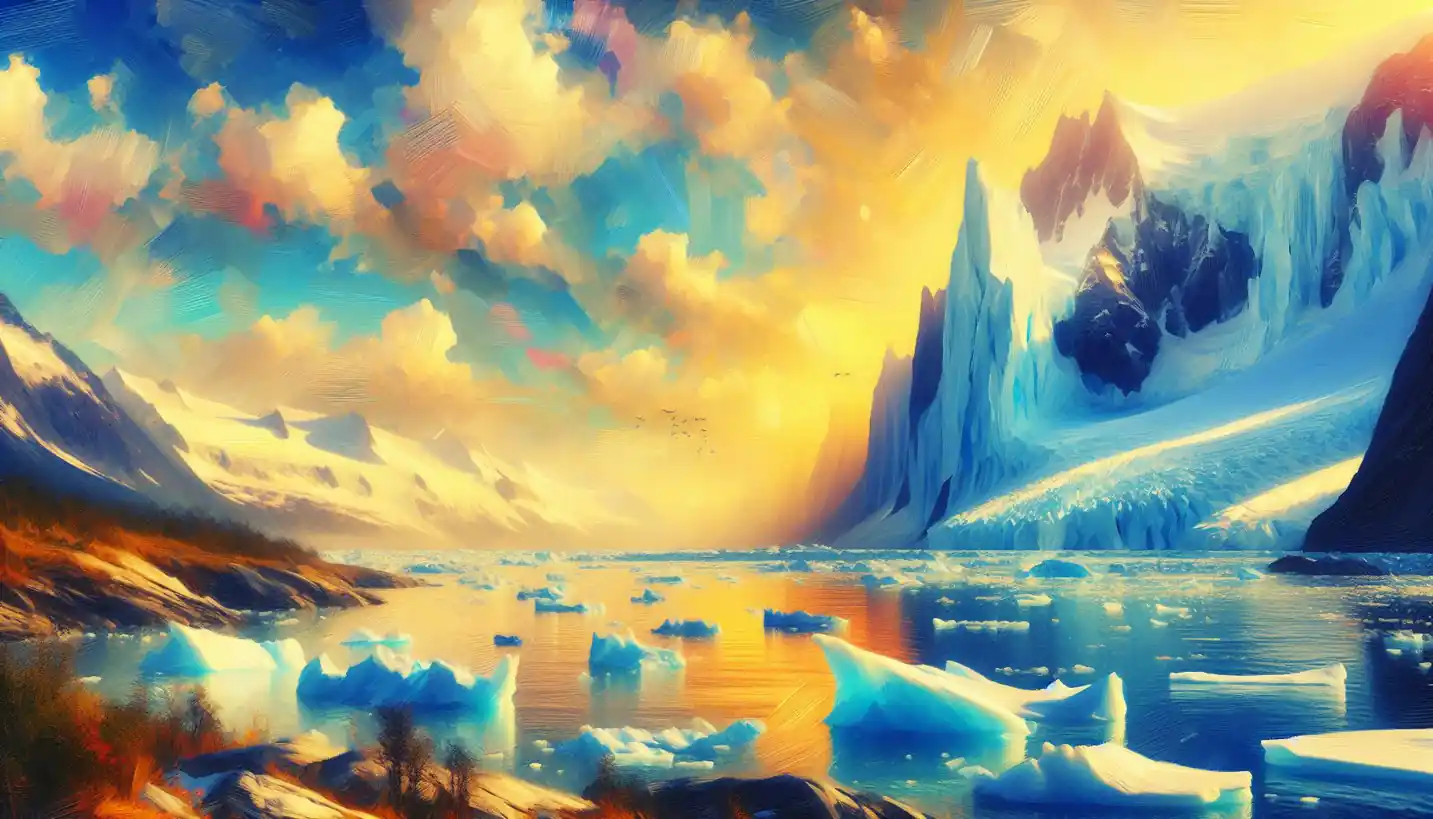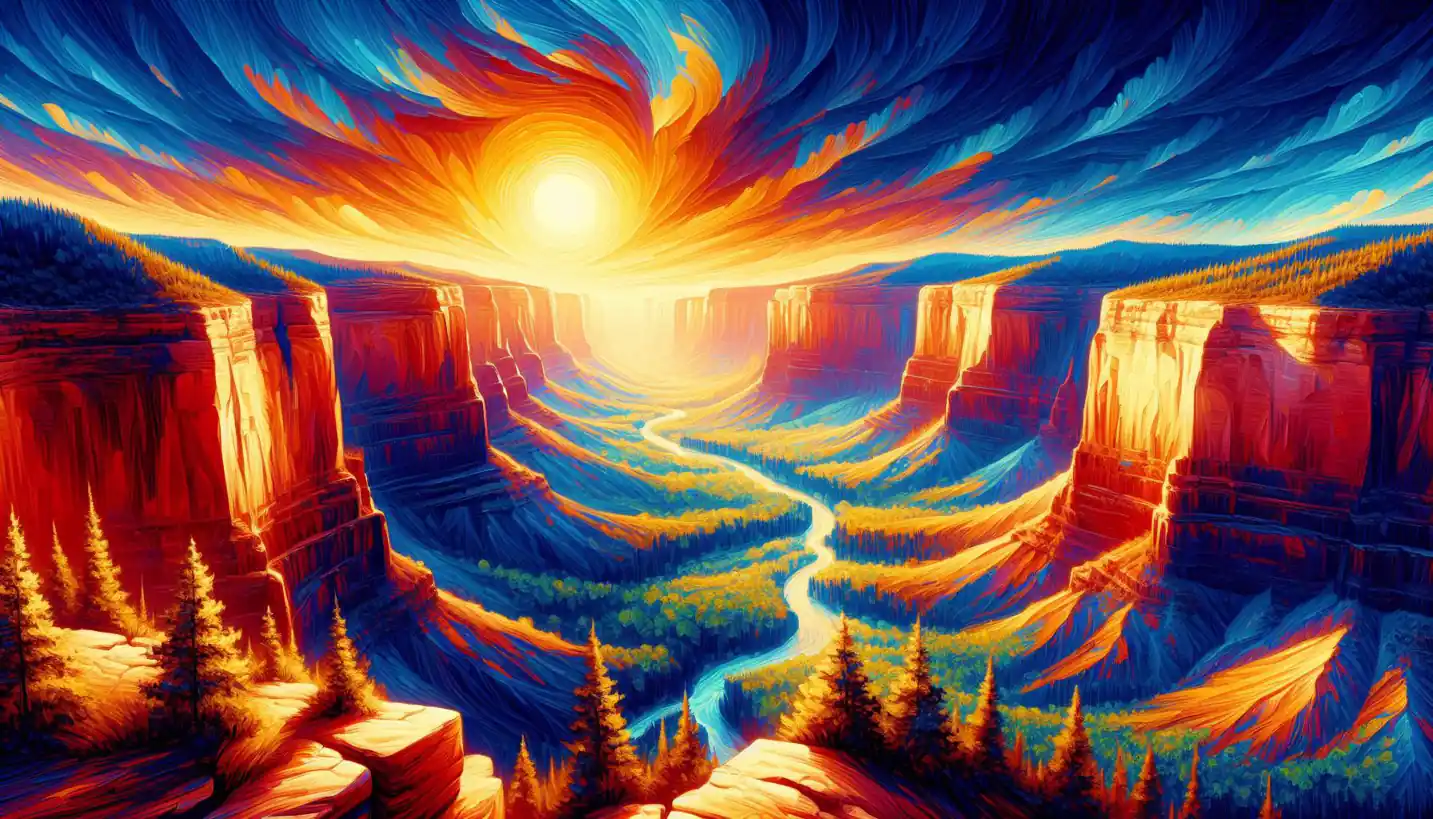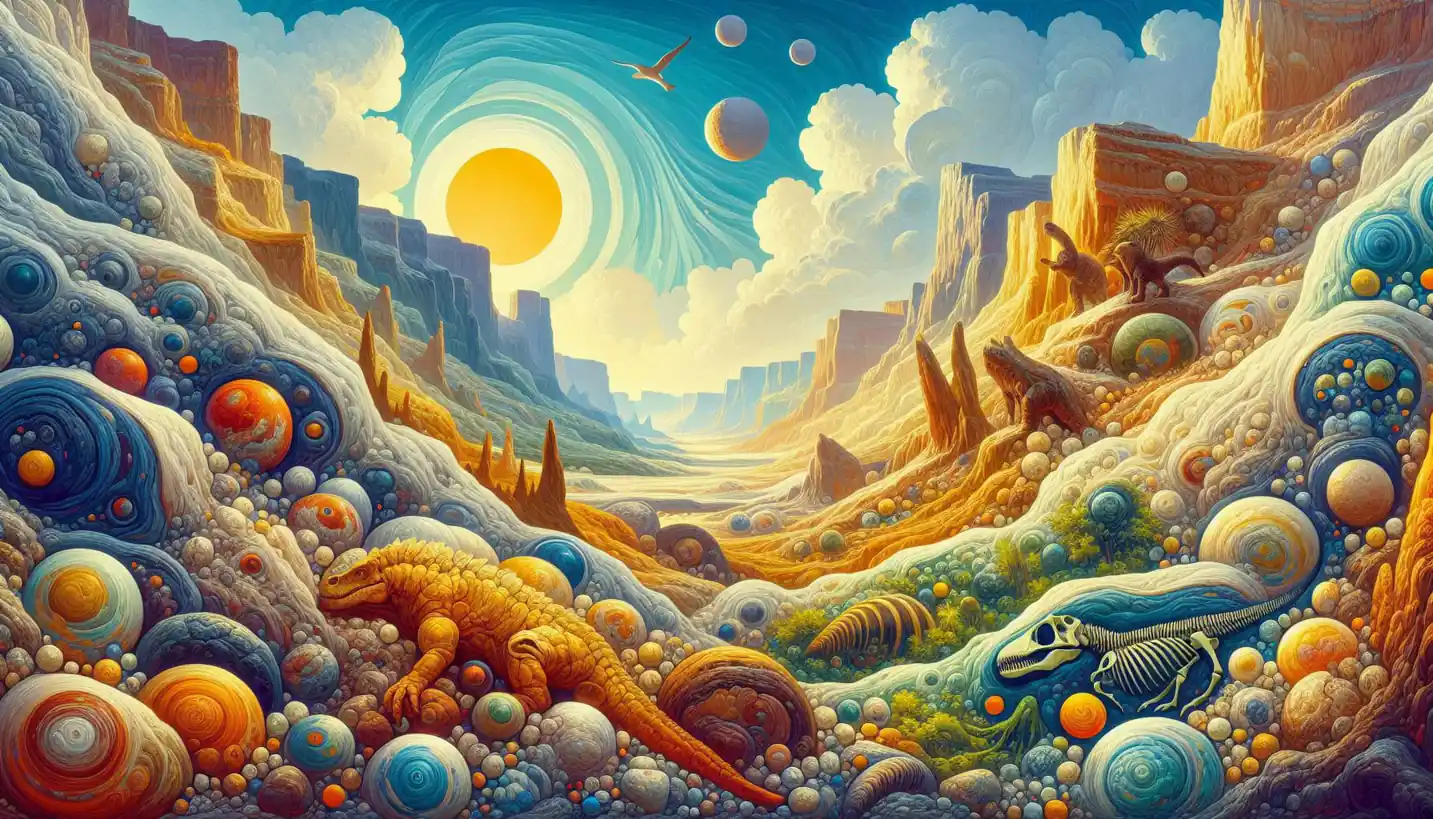· Earth Science · 5 min read
Milankovitch Cycles: Earth's Cosmic Dance and Climate Change
Milankovitch cycles reveal Earth's cosmic dance and its impact on climate change. Explore how these celestial patterns influence our planet's warmth!

In the vastness of space, our planet’s journey around the sun feels like a dance that never ends. But did you know that this cosmic waltz helps shape our climate over thousands of years? These movements are known as Milankovitch cycles, named after the Serbian scientist, Milutin Milankovitch, who dreamed up the concept in the early 20th century. Let’s delve into how these cycles impact Earth’s climate and what they mean for us.
What Are Milankovitch Cycles?
At their core, Milankovitch cycles are about the subtle changes in Earth’s movement and orientation in space. These changes come in three main flavors: eccentricity, obliquity, and precession. Over tens of thousands of years, these factors tweak how much sunlight Earth receives, especially in different seasons and different parts of the globe.
Eccentricity: Earth’s Orbital Shape
Picture Earth’s orbit as not a perfect circle, but more of a slightly squashed oval. The shape of this orbit—known as its eccentricity—fluctuates due to gravitational tugs from other planets like Jupiter and Saturn. This cycle takes about 100,000 years to complete. When the orbit is more eccentric, the difference between the closest and farthest points from the sun grows, impacting the amount of solar energy we get.
Obliquity: The Tilt of Earth’s Axis
Imagine Earth’s axis like a spinning top, but slightly tilted. This tilt, known as obliquity, changes from about 22 to 24.5 degrees over a cycle of roughly 41,000 years. This tilt is a big player in determining the severity of our seasons. When the tilt is greater, summers are hotter and winters are colder. So, these tiny tilts can have significant impacts on how intense our climate feels.
Precession: The Wobble of Earth
Picture Earth like a spinning top that wobbles a little as it rotates. This wobble, known as precession, happens over a 26,000-year cycle. Think of it as Earth slowly changing its orientation like a gyroscope. This wobble affects when seasons occur in our orbit. Over thousands of years, precession can make winters and summers flip their timings, altering climate patterns.
How Do These Cycles Affect Climate?
Now, you might wonder, how does this cosmic ballet impact our world? Milankovitch cycles play a crucial role in the natural rhythms of Earth’s climate, influencing the onset of ice ages and warmer interglacial periods. When these cycles line up just right, they can lead to the advance or retreat of massive ice sheets.
During times when Earth receives less sunlight in summer, ice sheets grow because there isn’t enough heat to melt them. Conversely, when we get more summer sunlight, those ice sheets melt, creating warmer interglacial periods. These shifts don’t happen overnight—they take thousands of years, painting a grand picture of Earth’s climatic history.
The Ice Age Connection
The link between Milankovitch cycles and ice ages became a game-changer in understanding Earth’s climate past. Scientists discovered layers of ice and sediment telling tales of ancient climates, matching them with the dance of these cycles. Evidence from deep-sea cores and ice sheets has shown how closely tied Earth’s climate has been to these celestial movements.
Why Do Milankovitch Cycles Matter?
Understanding Milankovitch cycles is crucial, not just for grasping long-term climate patterns but also for appreciating Earth’s resilience and adaptability. These cycles remind us of the planet’s natural rhythms and help us separate the natural climate changes from human-induced ones.
In today’s conversation about climate change, it’s important to note that while Milankovitch cycles influence natural climate patterns, they don’t explain the rapid warming observed in recent decades. That’s a story driven more by human activities, like burning fossil fuels.
The Future of Milankovitch Cycles
Looking ahead, these cosmic cycles will continue their grand dance, influencing Earth’s climate in the very long term. Yet, what makes today unique is the speed and scale of climate change, largely driven by anthropogenic factors.
Understanding these cycles helps scientists develop climate models, giving us better insights into how Earth’s climate might respond to various forces, both natural and human-made.
How Do We Study These Cycles?
We have a treasure trove of tools to study these cycles—satellite data, geological records, and computer models, to name a few. By examining ice cores, sedimentary layers, and more, researchers piece together Earth’s climatic puzzle, charting its ebbs and flows over millennia.
This ongoing study not only enriches our understanding of the past but also equips us with the knowledge to predict future changes. It underscores the importance of integrating geological and astronomical perspectives to grasp the full picture of Earth’s climate dynamics.
Wrapping Up the Cosmic Dance
Milankovitch cycles are a testament to the intricate connections between Earth and the cosmos. They show us how massive cycles can lead to sweeping changes over time, painting a mesmerizing picture of our planet’s history.
These cycles also serve as a reminder that while Earth goes through natural cycles, human influence on the climate is a pressing issue that needs urgent attention. As we ponder our place in this cosmic dance, we can appreciate the delicate balance of forces that shape our world—and recognize the responsibility we hold to protect it.
Whether you’re curious about Earth’s past or concerned about its future, understanding Milankovitch cycles offers a fascinating glimpse into the planet’s ongoing story. The more we learn, the better equipped we are to navigate the ever-changing climate landscape we all share.



